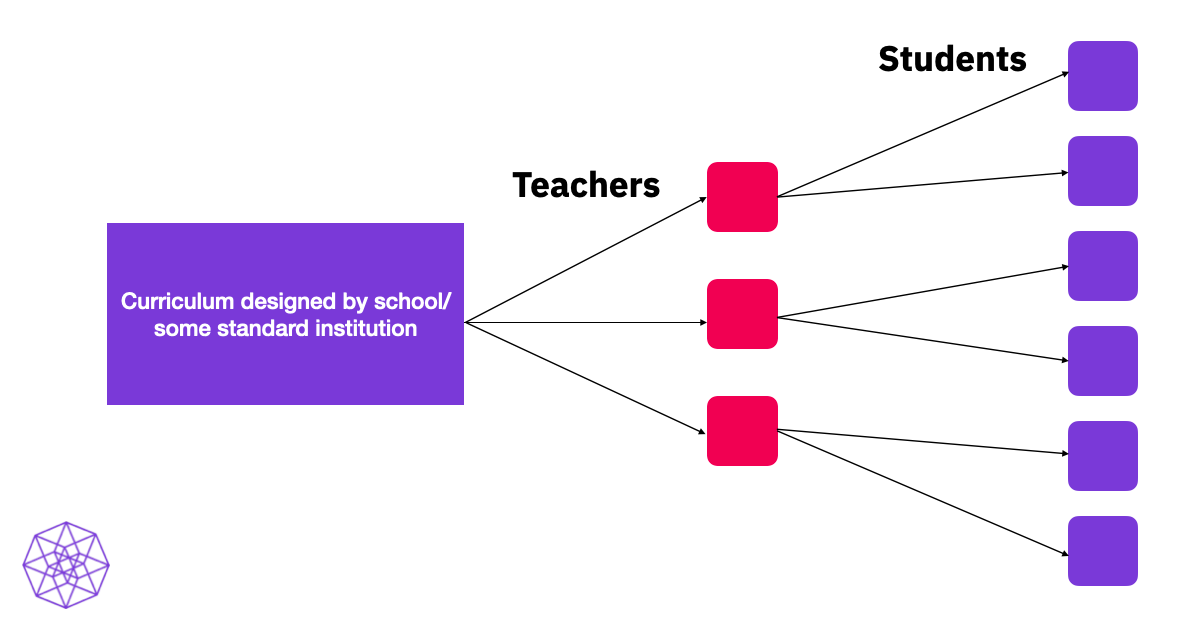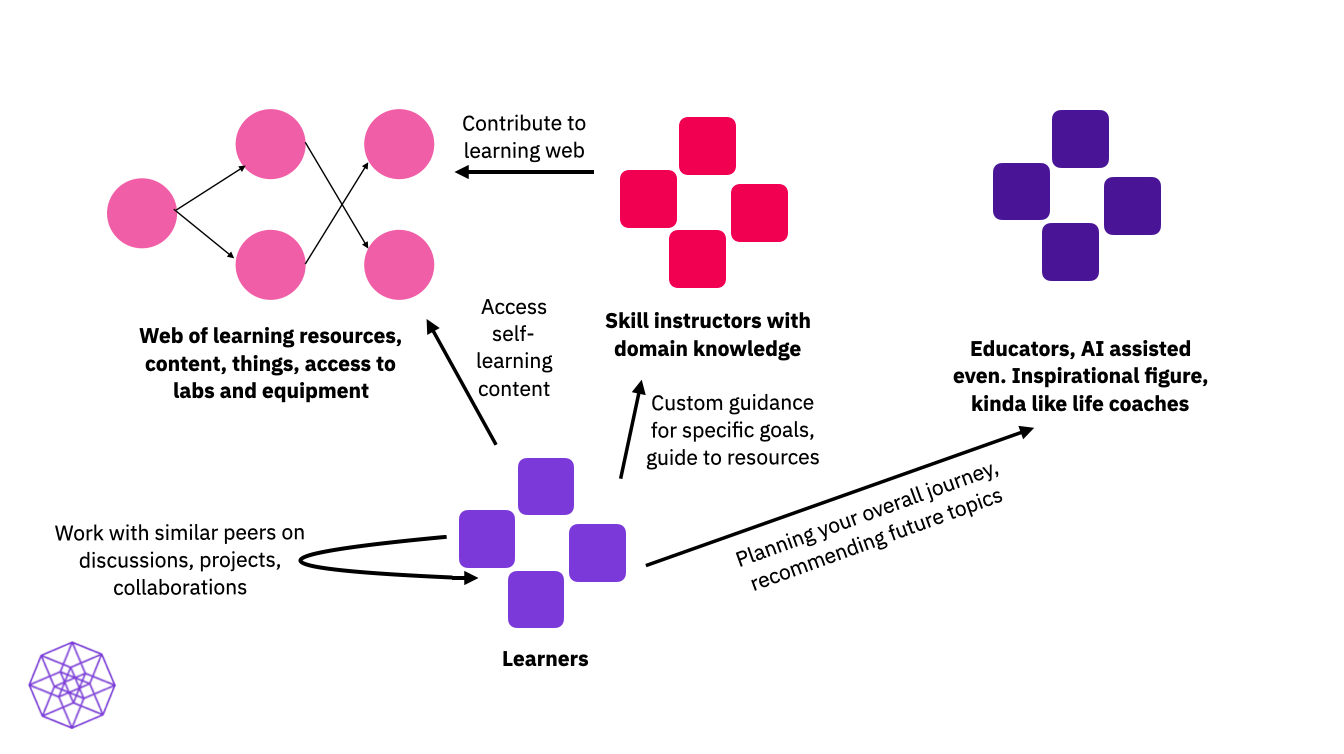Since the industrial revolution, many public services have been institutionalised and organised into structures - of which the biggest two are healthcare and education. Healthcare gave rise to public hospital and health insurance while education gave rise to primary, secondary and tertiary schools.
The industrial revolution brought along with it, a toolkit on how to approach system design, which revolved around standardisation and efficiency. With a heavy focus on measurements and indexes, industrialists imagined a world where everything could be quantified. Undoubtedly, this has led to the many problems one can observe with the education system today.
A focus on metric based thinking, brings the culture of test-taking to school. When these professional test-takers enter the workforce, it creates a vicious cycle of industry leaders who can’t look past KPIs and quantitative evaluations. This then leads to even more metric based study and evaluation.
In a schooled world, the road to happiness is paved with a consumer’s index. - Deschooling Society, Ivan Illich
That culture of thinking then gave birth to our current mechanism of curriculum design. The top-down approach to curriculum creates a situation where the nuance of learner requirements is not taken into consideration. Once a standardised body decides what all students are to learn, so they must learn, be tested and stamped with the seal of approval in the form of a certificate. It bears an uncanny resemblance to industrialised factory farming - it’s factory farming of human brains.

Content flow for educational institutions
This method of thinking doesn’t just apply to universities and public education, but even to online curriculum creators of coding bootcamps and other more recent educational products.
Reliance on educational institutions to confer value to learning, is akin to saying the value of learning comes from professional instruction rather than the possession of a underlying skill.
— Sudharshan (@solderneer) July 27, 2021
Schools vs Academies
At this juncture, it’s important to notice the distinctions between schools and academies. Schools are formal education institutions that follow a pre-determined path, and are obligatory in most parts of the world. Academies are groups of like-minded individuals, brought together by some common topic of interest. Schools have curriculum, academies do not. But people in academies do learn a lot, and it tends to be powered by intrinsic motivation.
An academy can be structured as 3 distinct groups of people- the learners, the skilled instructors and the educators. Each group of individuals provide a key aspect of learning, customised to the learner without any centralised curriculum.

- A web of learning resources enables access to self learning content and devices
- Skill instructors provide custom guidance to achieve the learner’s specific goals
- Educators and inspirational figures offer life coaching and advice on how to broaden the learner’s perspectives
- Peer learning with other learners helps the learner apply and retain learnt concepts, and discuss new ideas
The academic model to learning refocuses the learning process around each individual learner rather than to a specific institution. In this way, learning is personalised and dynamic to the requirements of each individual. Instead of churning out 1000 identical knowledge copies, this system moulds unique individuals driven by their own passions.
Even if in the past the lack of technology barred such systems from coming to fruition, by leveraging the use of sophisticated matching algorithms and the convenience of mobile devices, we can create a digitalised version of this system.
And that’s how Axiom Academy aims to rethink the foundation of education from the ground up.